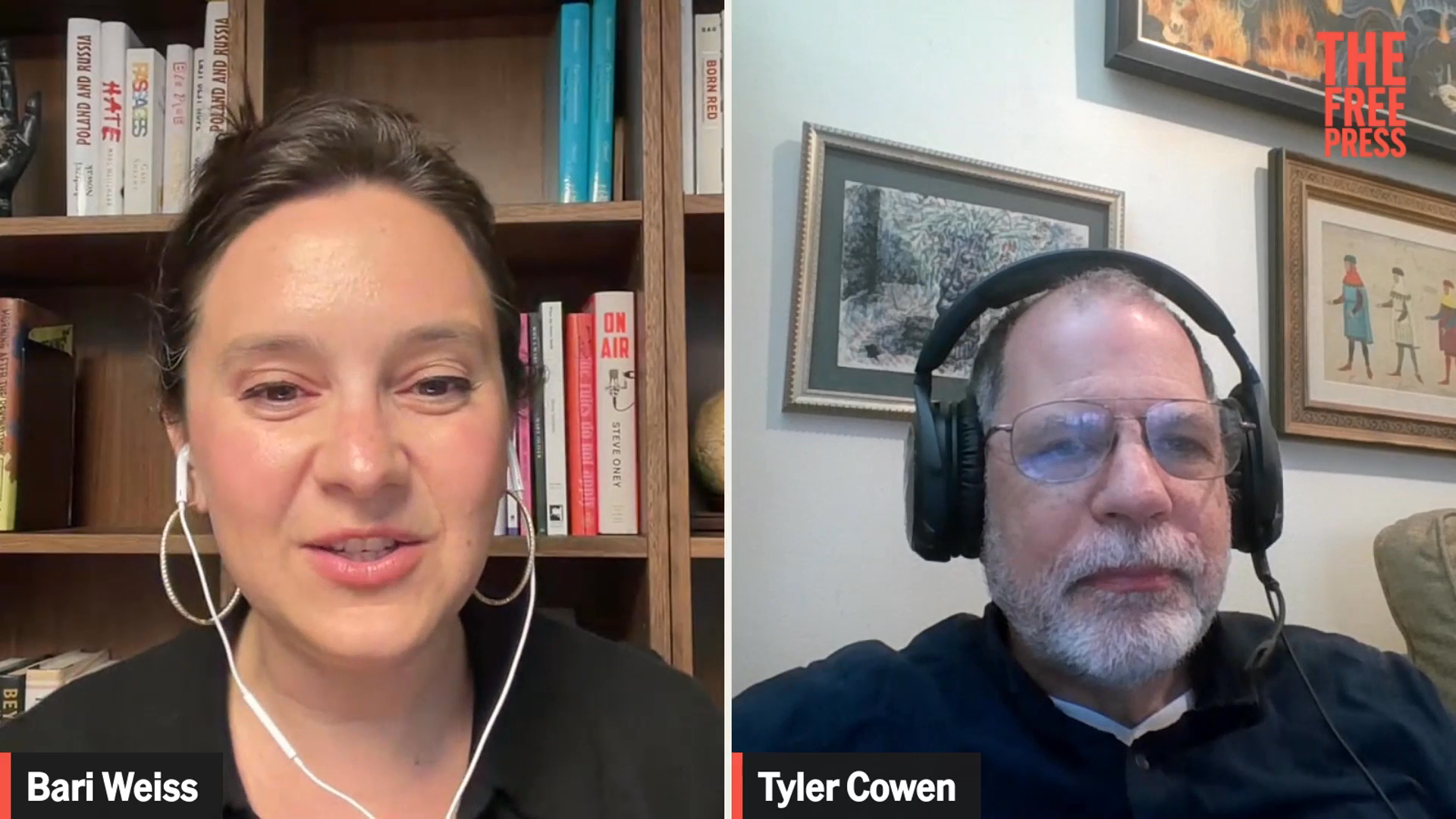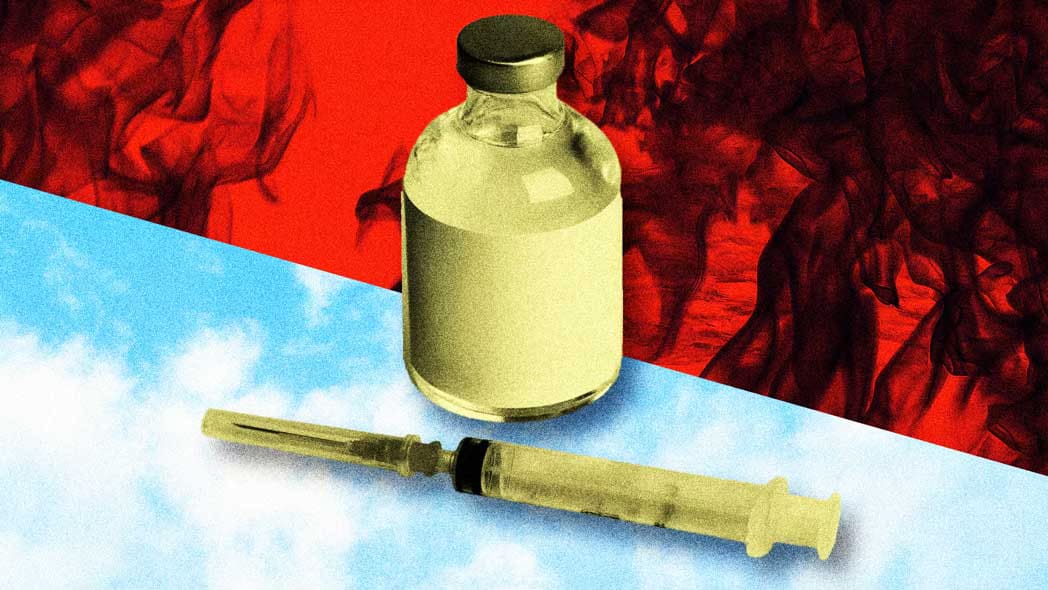Stocks are on a roll even as the economy tanks. Here are 3 reasons why
It may be back to the best of times for U.S. investors, with the stock market rebounding 35% since hitting a four-year low in March. But for millions of workers and businesses it is much closer to the worst of times, with 1 of 4 employees filing for unemployment and thousands of stores expected to go out of business — all amid the coronavirus pandemic that is pushing the nation's official death toll from COVID-19 disease close to 100,000 people.
Indeed, the disconnect between buoyant stocks and the dire macroeconomic backdrop has rarely been starker. On Tuesday the Dow jumped 530 points, or 2%, to close at 24,995, while the broader S&P 500 briefly climbed above 3,000 points for the first time since early March. Just days earlier, another 4 million workers had filed for unemployment — bringing the total number of Americans who have applied for jobless aid to more than 43 million.
Given the grim news, what's fueling the rebound in stocks? It mostly boils down to investor expectations for an economic recovery — even a modest one — that could take root as U.S. states start reopening their economies. Bolstering that optimism is the trillions of dollars the Federal Reserve has pumped into the economy in hopes of avoiding an economic crash.
"All fifty states have now allowed some businesses to re-open and this has added fuel to the stock market rally last week," Bruce Bittles, chief investment strategist at Baird, said in a research note. "News of a potential vaccine for the COVID-19 virus by year-end or early 2021 also helped to propel the equity markets higher."
President Donald Trump, a frequent cheerleader for stocks, tweeted on Tuesday the stock surge is evidence that states should reopen. "Stock Market up BIG, DOW crosses 25,000. S&P 500 over 3000. States should open up ASAP," he tweeted.
Despite the optimism on Wall Street, plenty of risks remain. A second wave of infections could deflate hopes for an economic recovery and end the current rally, warned Ed Yardeni, president and chief investment strategist at Yardeni Research.
"There is evidence that Americans risk a second wave of infection by turning too social after over two months of developing cabin fever during their lockdown-imposed isolation," Yardeni said in a report on Tuesday. "We remain optimistic about the future but are turning more cautious about the present."
Below are three reasons investors are pushing stocks higher despite what many economists say is the sharpest downturn since the Great Depression.
U.S. states are reopening
After the lockdown brought the economy to a standstill, all 50 states have started to reopen to varying degrees. While it's unclear if consumers will return to their pre-pandemic spending patterns, the reopenings are fueling hopes the economy will stabilize, and perhaps even rebound.
"The market seems to be pricing in a quick economic recovery (V-shape), which would help explain the recent rally," Baird's Bittle wrote.
Vaccine and treatment hopes are high
At the same time, investors are taking heart from several positive developments in the race to come up with a COVID-19 vaccine and treatments. Remdesivir, an antiviral medication developed by the pharmaceutical giant Gilead Sciences, was recently given the green light by the FDA for emergency use in treating COVID-19.
Separately, U.S. taxpayers are funding a $1.2 billion bet on Oxford University, where researchers have expanded coronavirus vaccine testing with the enrollment of more than 10,000 people, including children ages 5 to 12 and people over 70. It's part of a U.S. partnership with U.K. pharma giant AstraZeneca to produce up to 300 million doses of a vaccine as early as this fall.
"News of a potential vaccine for the COVID-19 virus by year-end or early 2021 also helped to propel the equity markets higher," Bittle said.
Easy money gets easier
The Fed's massive monetary response has also buoyed investors, reassuring them that businesses and banks will have access to cash and credit during the crisis. The Fed also cut rates to encourage businesses and consumers to borrow money, which could help ease the crisis. Its moves are often described as "quantitative easing," or QE, by market watchers.
Second, the flood of liquidity into the bond markets also helped investors whose assets had been tied up in debt instruments, freeing them to reallocate their money into stocks, Yardeni noted.
"Several [clients] have said that during the first half of March they were unable to rebalance out of bonds and into stocks because the bond market had turned so illiquid," he told investors. "That changed on March 23 when the Fed adopted QE4Ever, flooding the bond market with liquidity and allowing rebalancers to sell their bonds and buy stocks."





